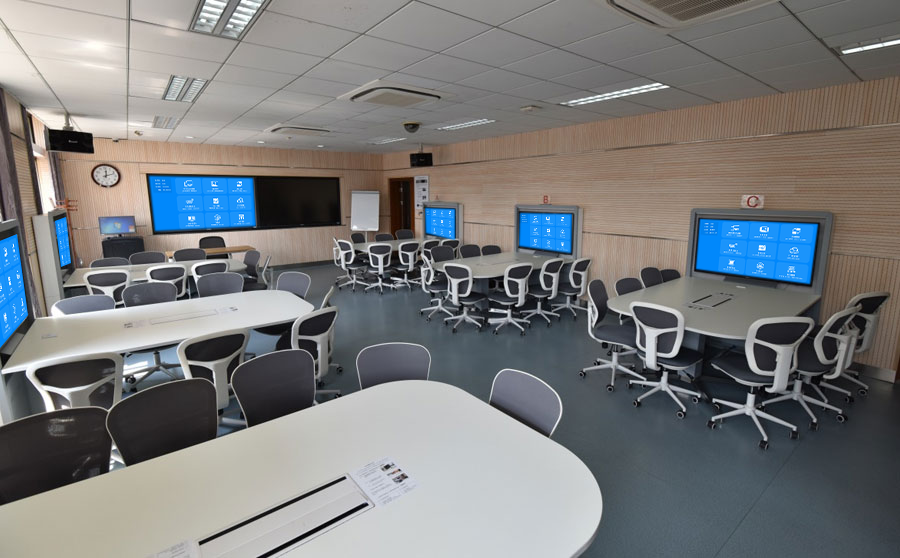Multi-Screen Interaction Technology: Innovative Teaching Experience in Smart Classrooms
Multi-screen interaction technology is reshaping traditional teaching models. By enabling wireless screen mirroring, it creates more flexible and efficient teaching methods, injecting new vitality into smart classrooms.
1. Analysis of Technical Architecture
Synchronized Display
- Content synchronization across multiple screens, ensuring consistent information presentation.
- Real-time data updates to reflect the latest changes instantly.
- Cross-device collaboration supporting seamless content sharing between different terminals.
Interactive Features
- Two-way content transmission enabling information exchange between teachers and students.
- Real-time annotation and marking directly on shared content.
- Instant feedback and interaction to enhance classroom engagement.
2. Innovation in Teaching Applications
Interactive Classrooms
- Comparative display of multiple contents to highlight differences and connections.
- Student terminal participation allowing real-time sharing of ideas and answers.
- Real-time evaluation and feedback to track learning progress dynamically.
Collaborative Learning
- Group project collaboration with dedicated screens for each team.
- Result display and sharing to facilitate peer learning and discussion.
- Cross-group learning exchanges promoting knowledge sharing across teams.
3. Key Implementation Points
- Plan spatial layout rationally to ensure optimal visibility of screens for all students.
- Select reliable device solutions with strong compatibility and stability.
- Strengthen teacher skill training to master multi-screen interaction techniques.
- Continuously optimize user experience based on teaching practice feedback.
